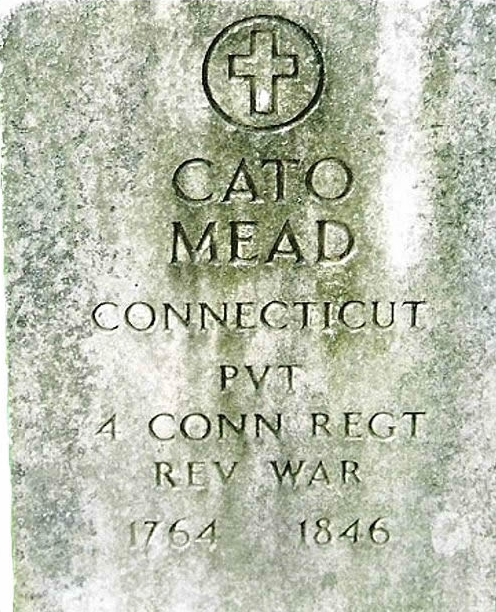Path to Memorialization
There has been a consciousness for over 160 years that African American soldiers and patriots of the Revolutionary War deserve recognition. This had roots in the conflict when men like Salem Poor and Peter Salem received honors for bravery. Others, later in life, received awards, land grants, and compensation as a demonstration of appreciation.
- In 1851, historian William Cooper Nell and seven others petitioned the Massachusetts legislature to build a memorial to Crispus Attucks, the first to die in the Boston Massacre of 1770.
- George Bancroft’s 1860 work,”History of the United States,” says “the roll of the army at Cambridge had from its first formation borne the names of men of color.” Then he says, “Free negroes stood in the ranks by the side of white men.”
- In 1908, Virginians Giles B. Jackson and Webster Davis observed in The Industrial History of The Negro Race of The United States, “Monuments innumerable have been erected to white soldiers who fought in the Revolution. Only a few kind words have been said for the colored soldiers.”
- In 1936, Howard D. Asbury of the Wareham Bicentennial Commission prepared a forgotten compendium containing the names of over 1,000 African American soldiers of Massachusetts.
- In 1961, “The Negro in the American Revolution” introduced African American Revolutionary War soldiers to a wider audience, as well as to the guesstimate of historians “that 5,000 Negro soldiers served in the patriot forces….”
- In 1984, Congress approved a resolution (Public Law 98-245) honoring the role of the black patriots, runaway slaves and freedom petitioners and calling on the nation to memorialize them.
- In 1985, nearly 30 members of Congress, historians, organizations, children and teachers testified before Congress in support of a national memorial on the Mall.
- In 1986, Congress approved legislation for a national memorial.
- In 1988, Congress declared the deeds to be of “preeminent historical and lasting significance to the nation” and the Secretary of the Interior, accordingly, approved a site on the Mall.
- In the late 1990s, the U.S. Mint issued a commemorative coin honoring Crispus Attucks.
- In 2005, the National Mall Liberty Fund D.C. formed to complete the unfinished work and construct a memorial.
- In 2008, the publication of “Forgotten Patriots, African American and American Indian Patriots in the Revolutionary War” proves beyond any doubt that at least 5,000 African Americans served in the Revolutionary War.
- In December 2012, Congress approved legislation authorizing the National Liberty Memorial.
- On January 2, 2013, the president signed the legislation.

